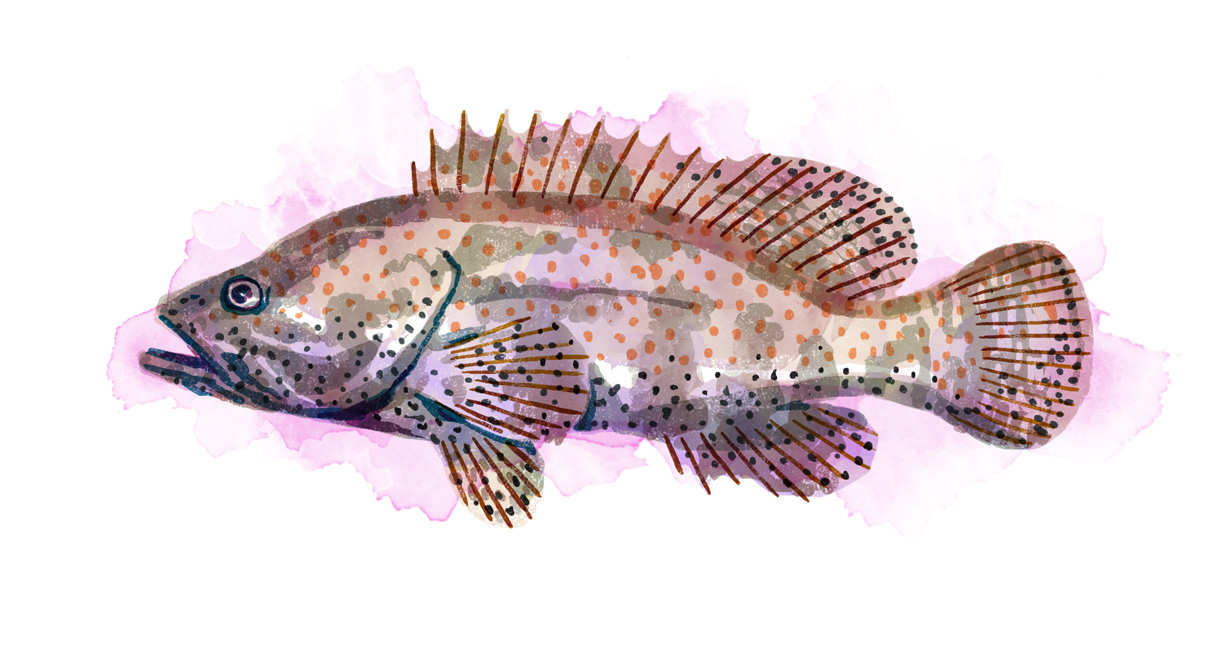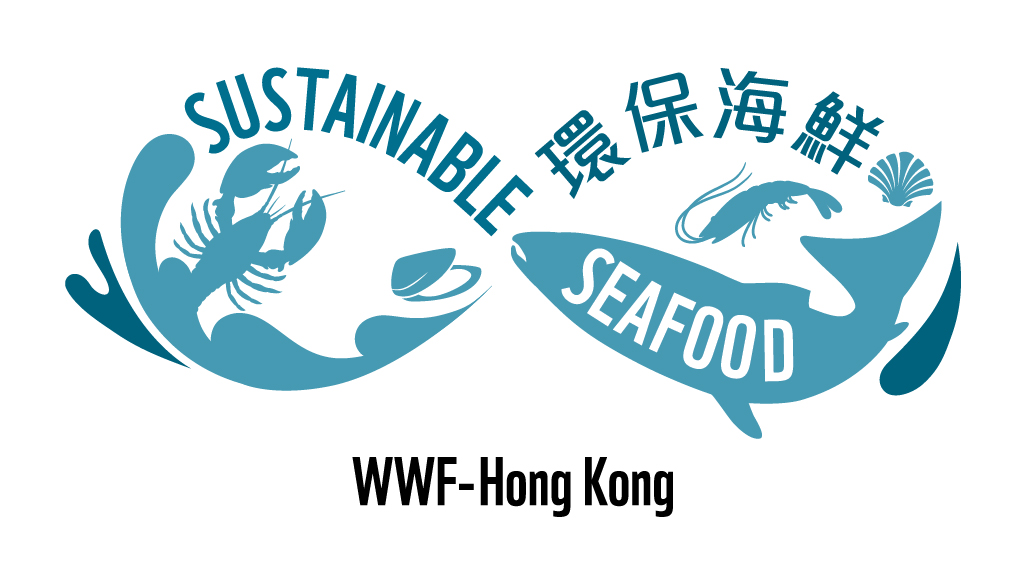
Juveniles sourced from overexploited wild stocks.
In the Philippines, tiger grouper farms mainly rely on trash fish. The fish-in-fish-out ratio is high, requiring large volumes to produce one kilogram of tiger grouper. Trash fish in the Philippines is not always traceable.
Since net cage fully opens to the sea, untreated waste is discharged directly into the natural environment. There is a high waste discharge rate. Habitat alteration is moderate under this production method. The escape risk is high, but tiger grouper is native to the Philippines so the impact on the ecosystem is low. Tiger groupers can host different parasites and antibiotics is used to control various diseases that can affect grouper farms.
The Philippines’ strategic environmental planning and environmental impact assessment is partly effective. Most of the management issues are marginally effective.

